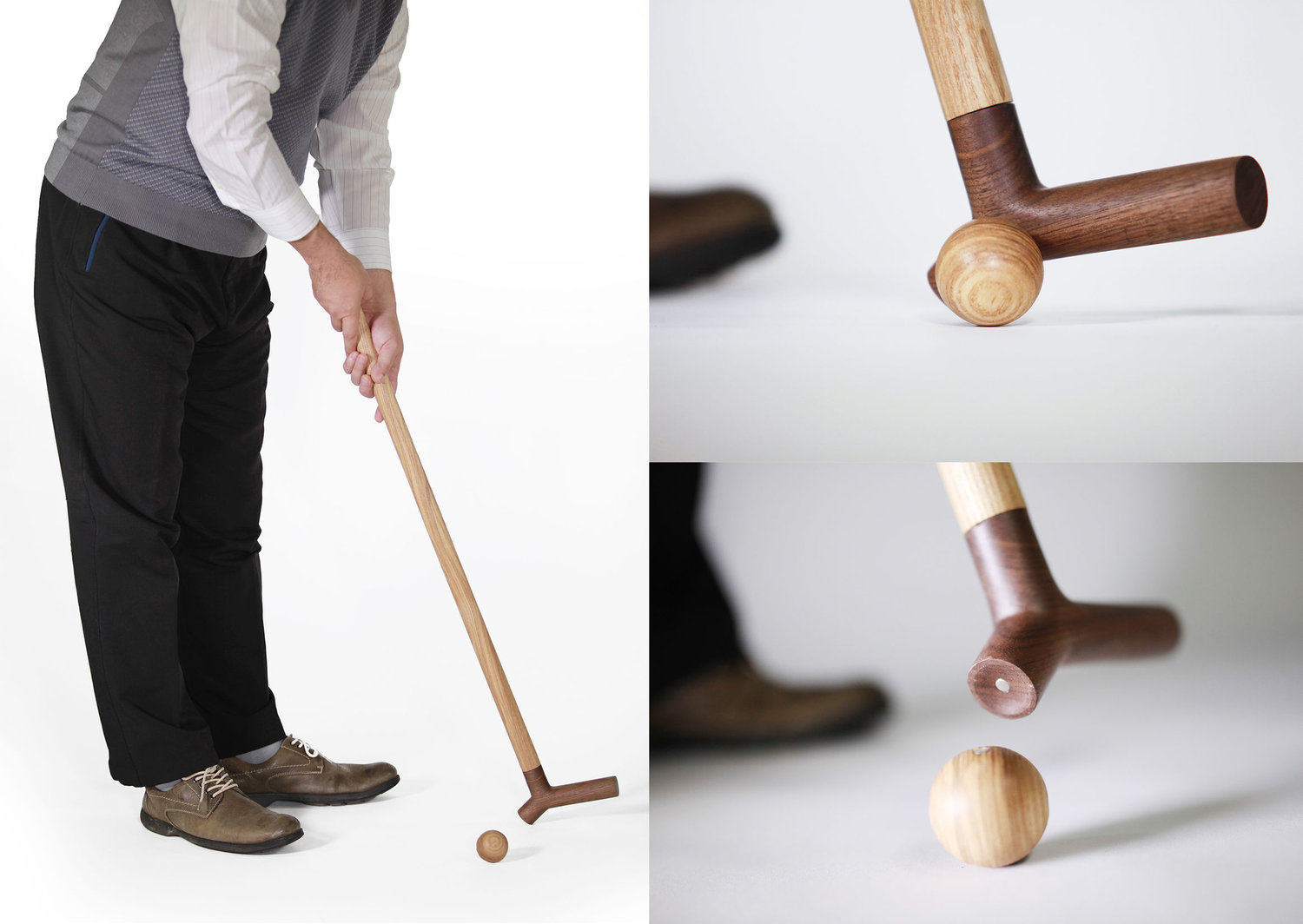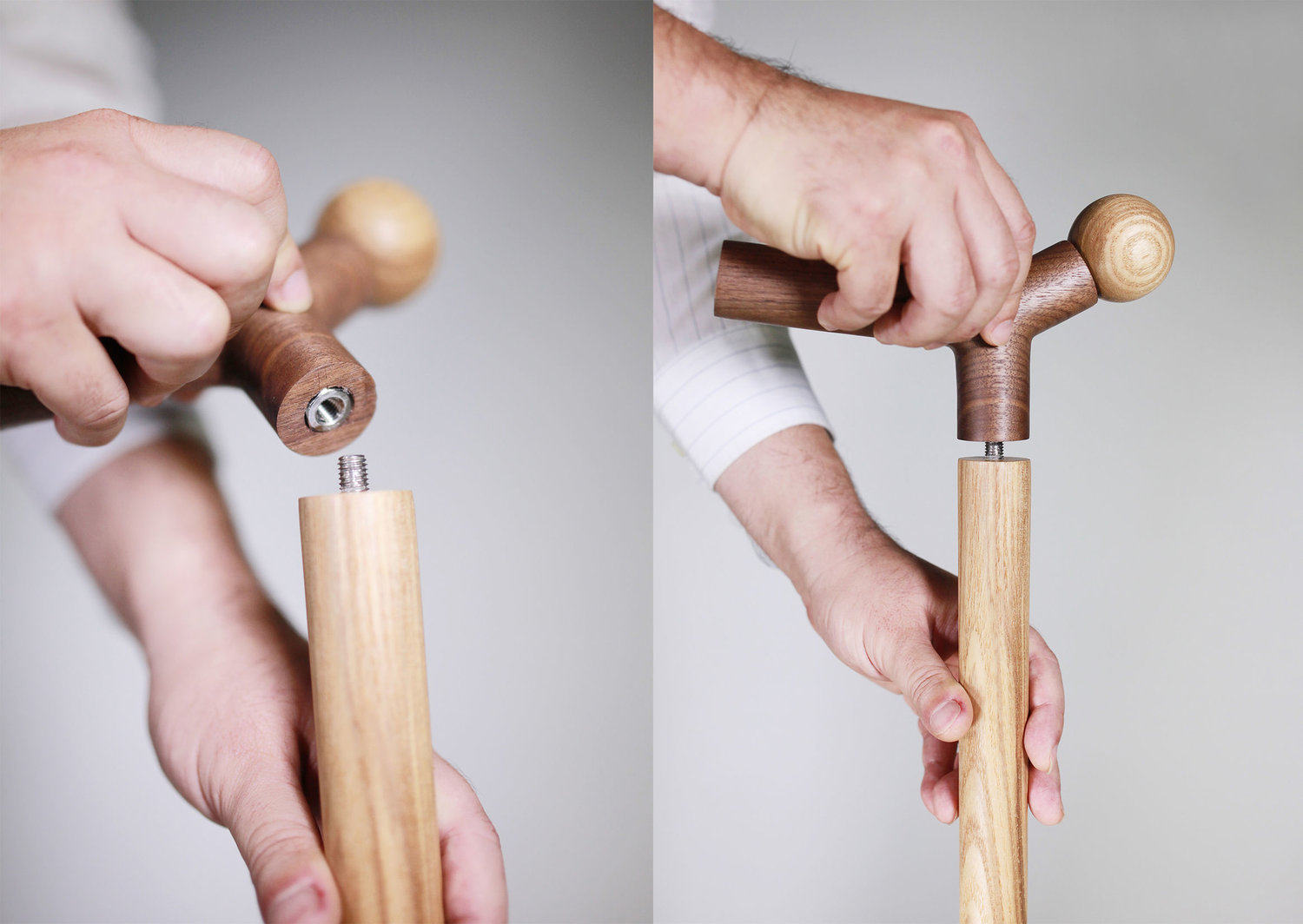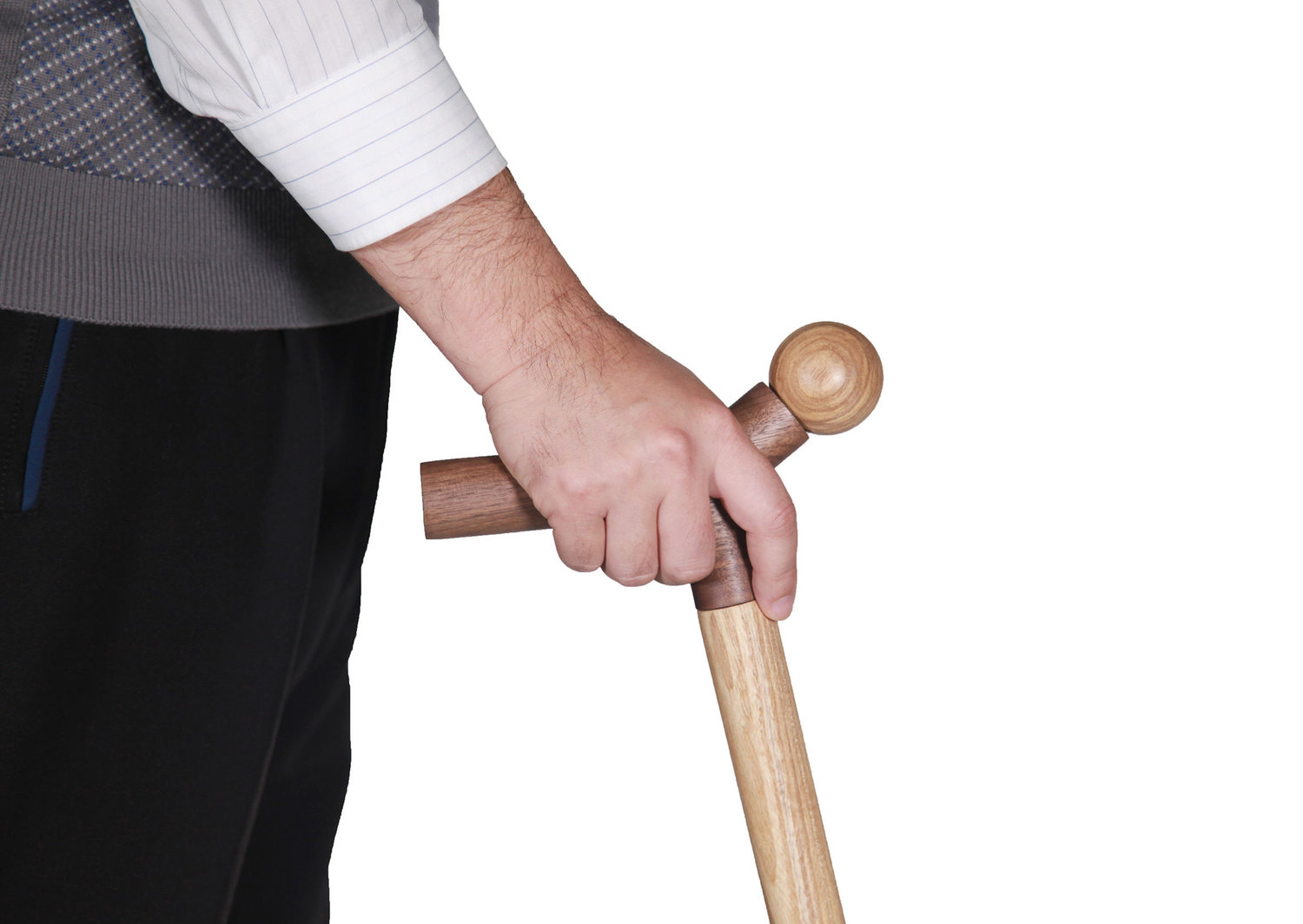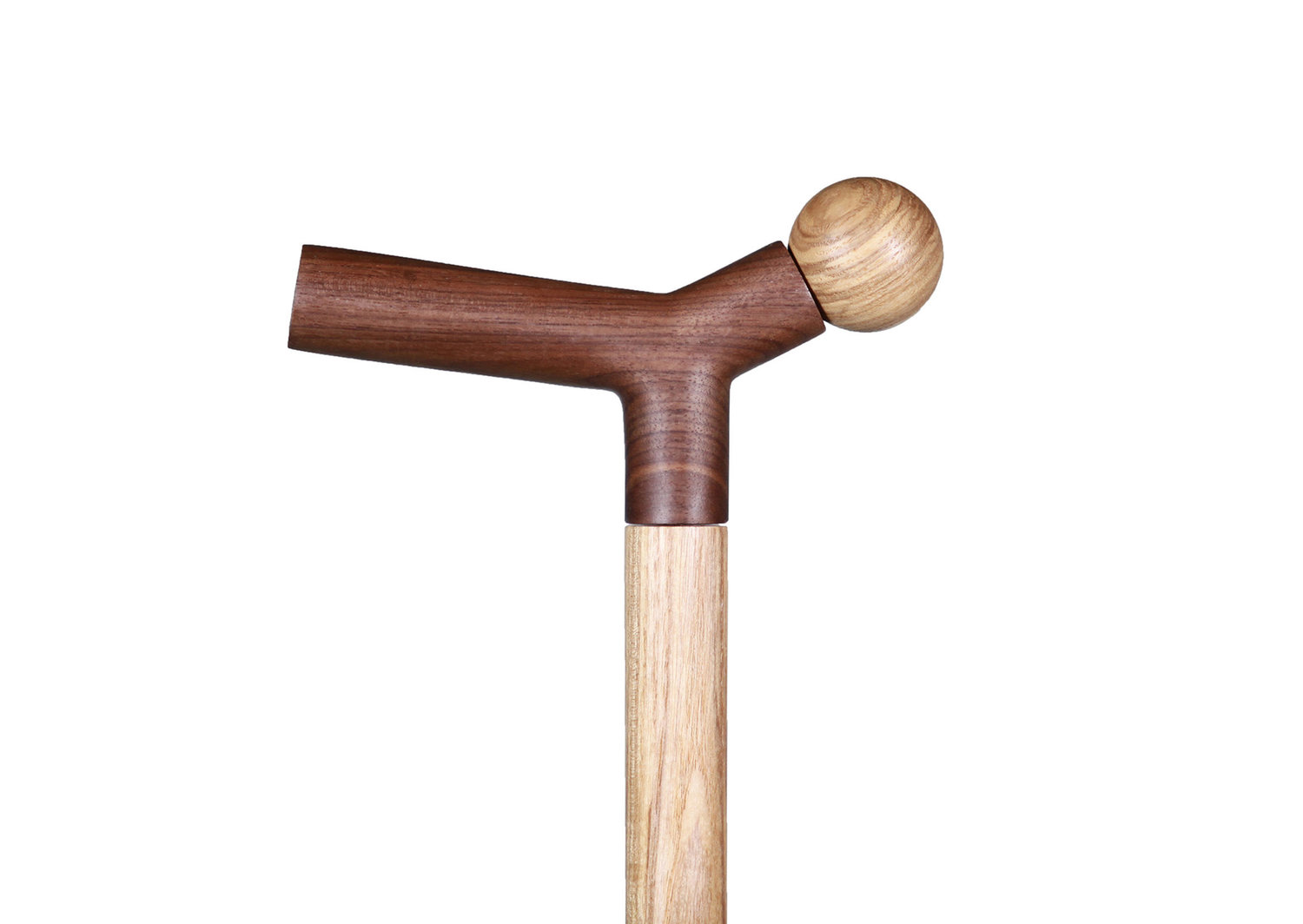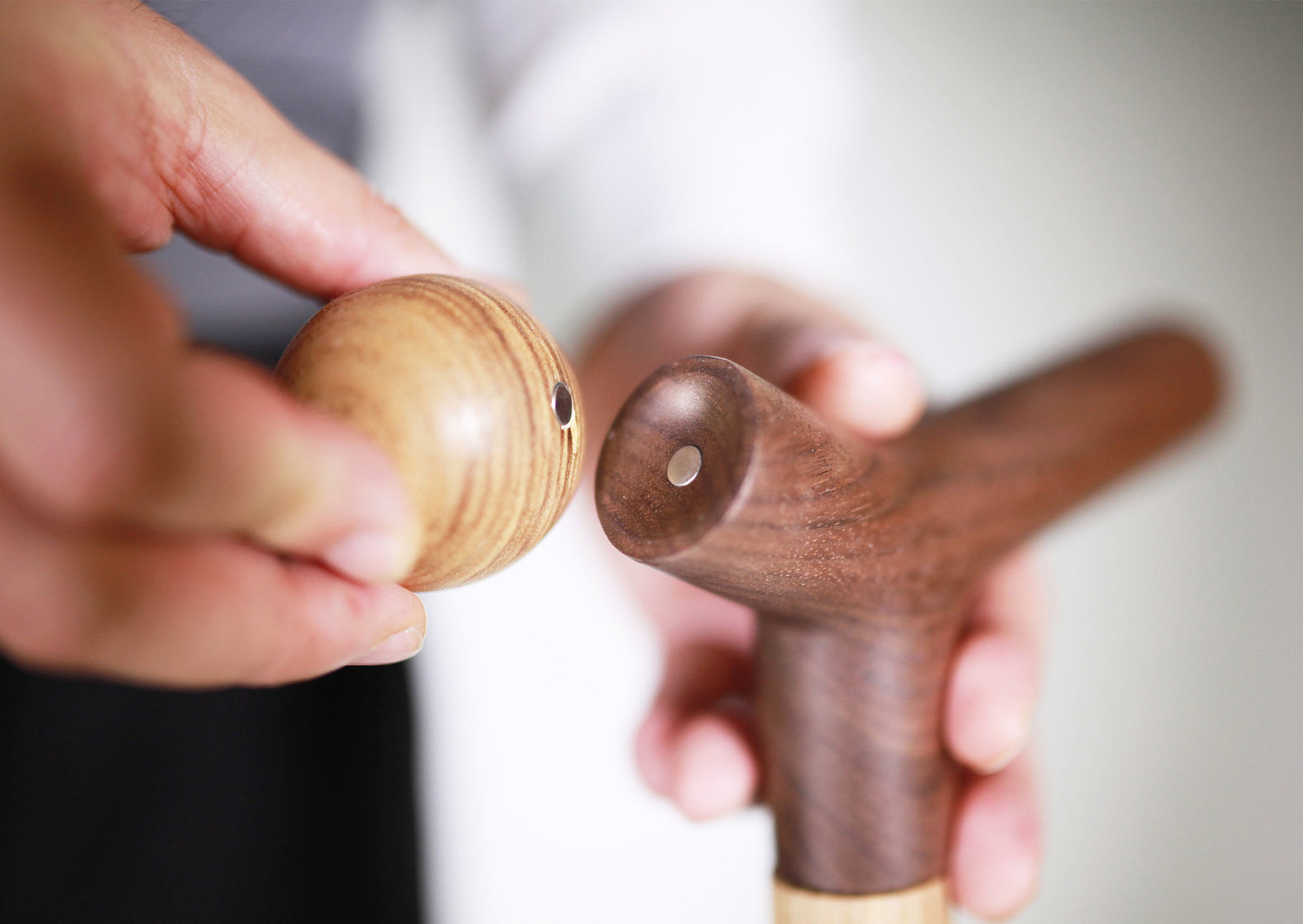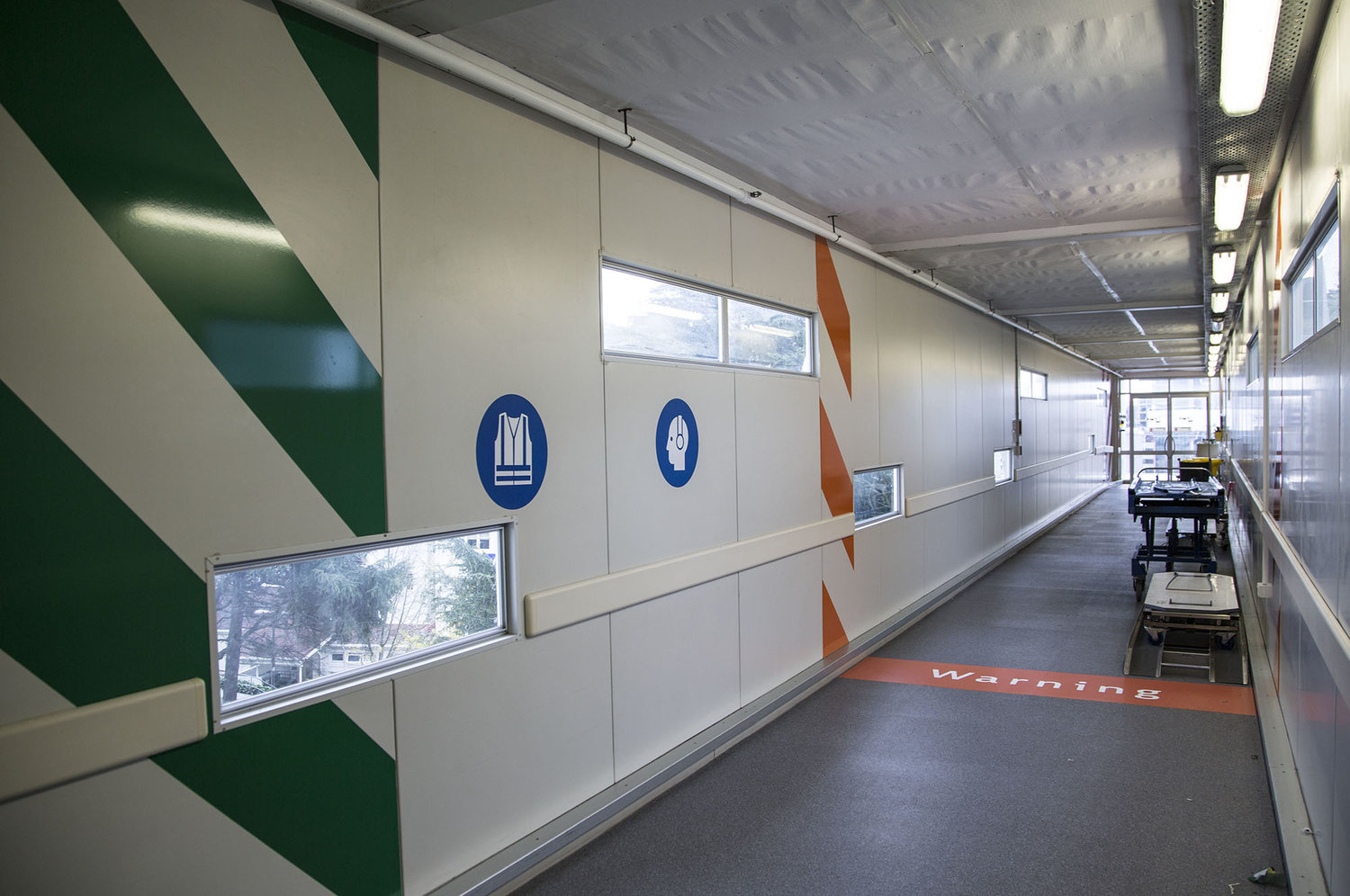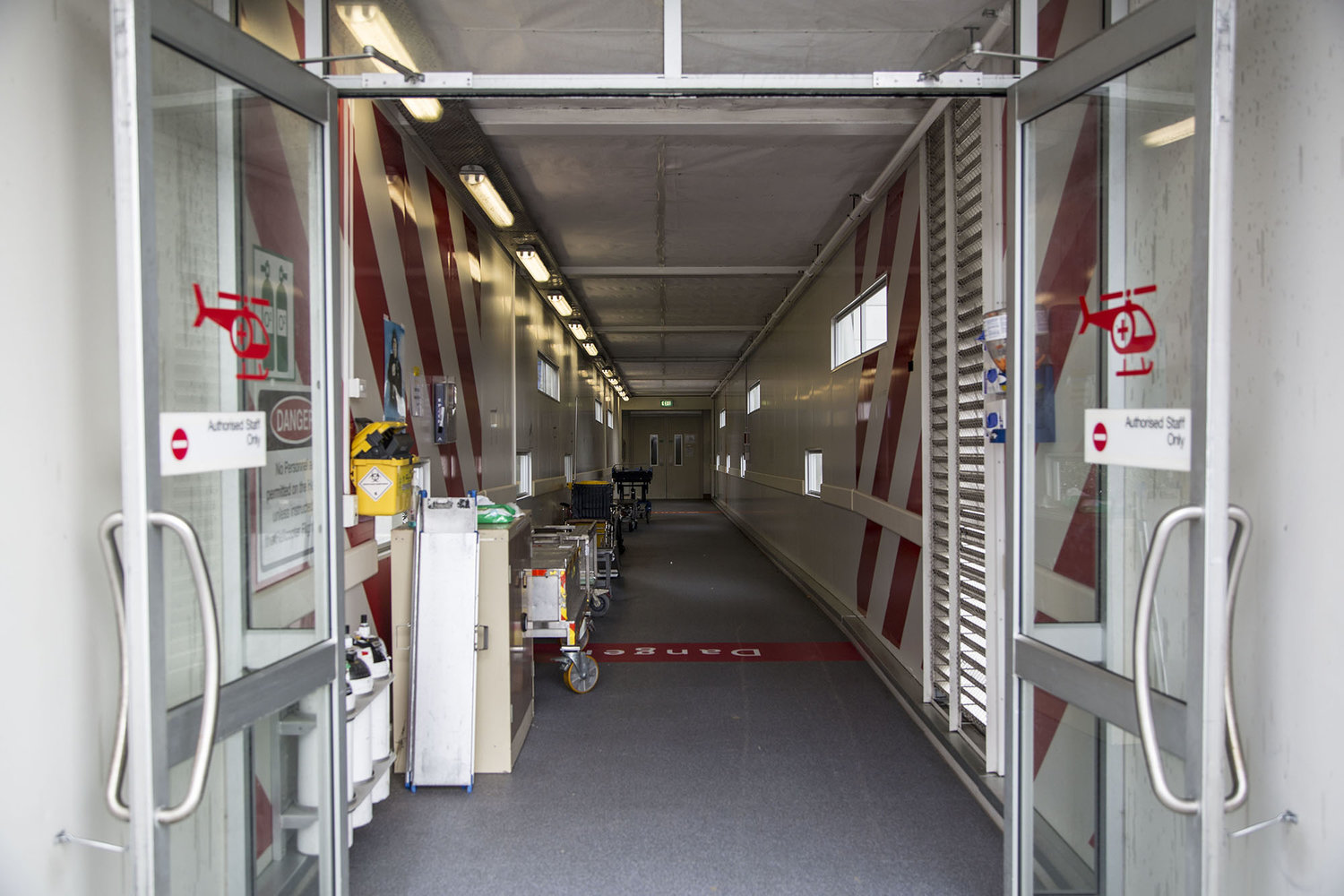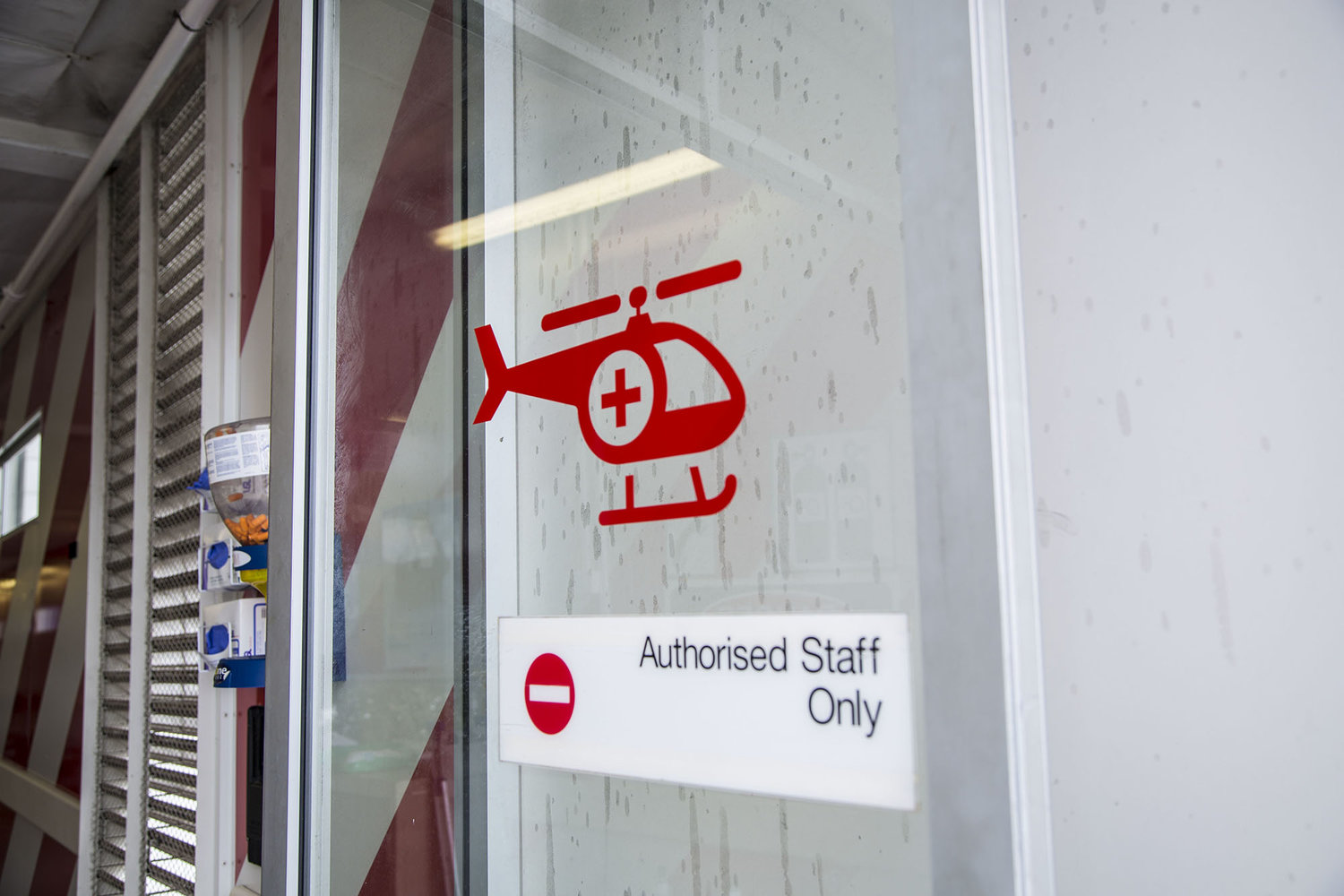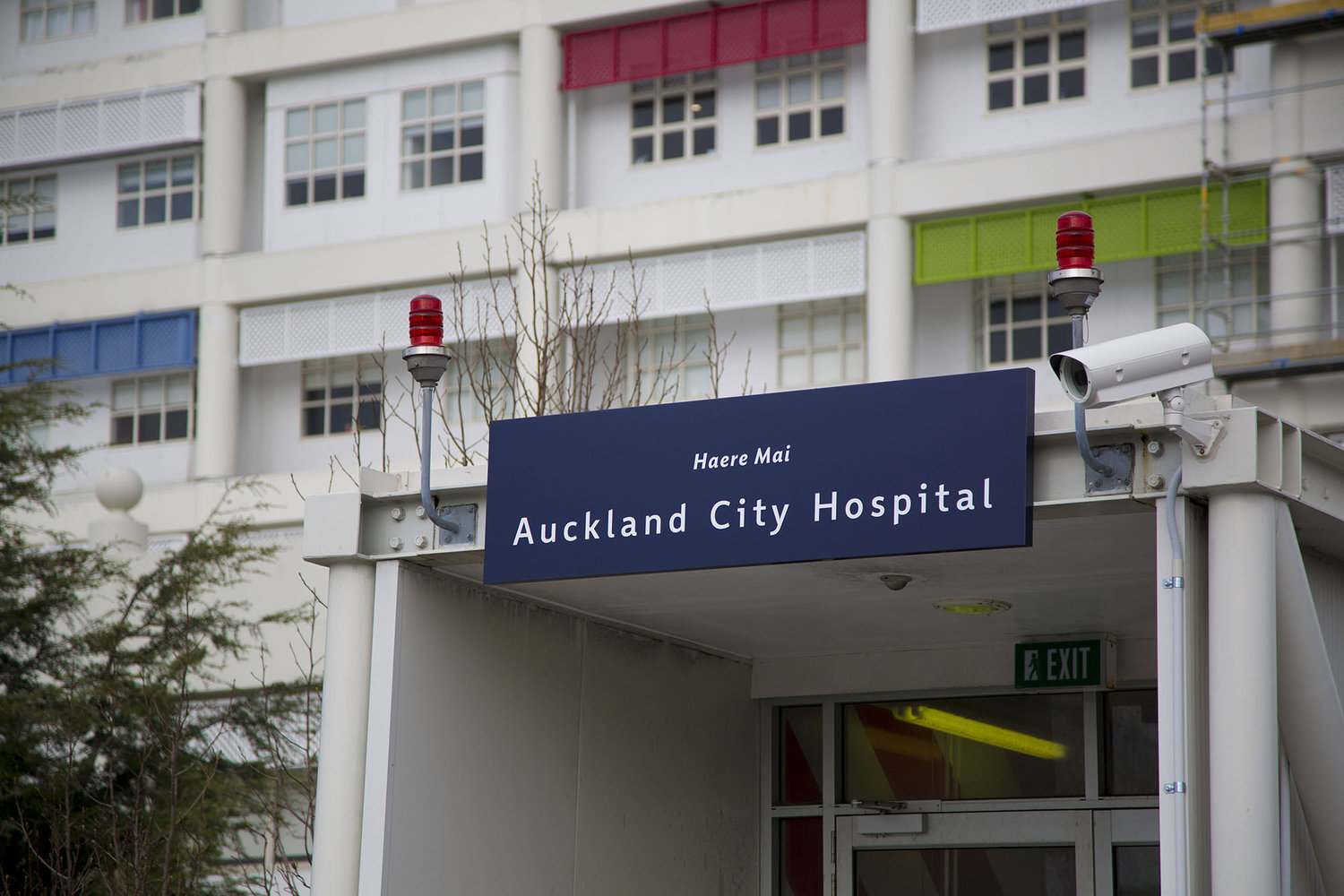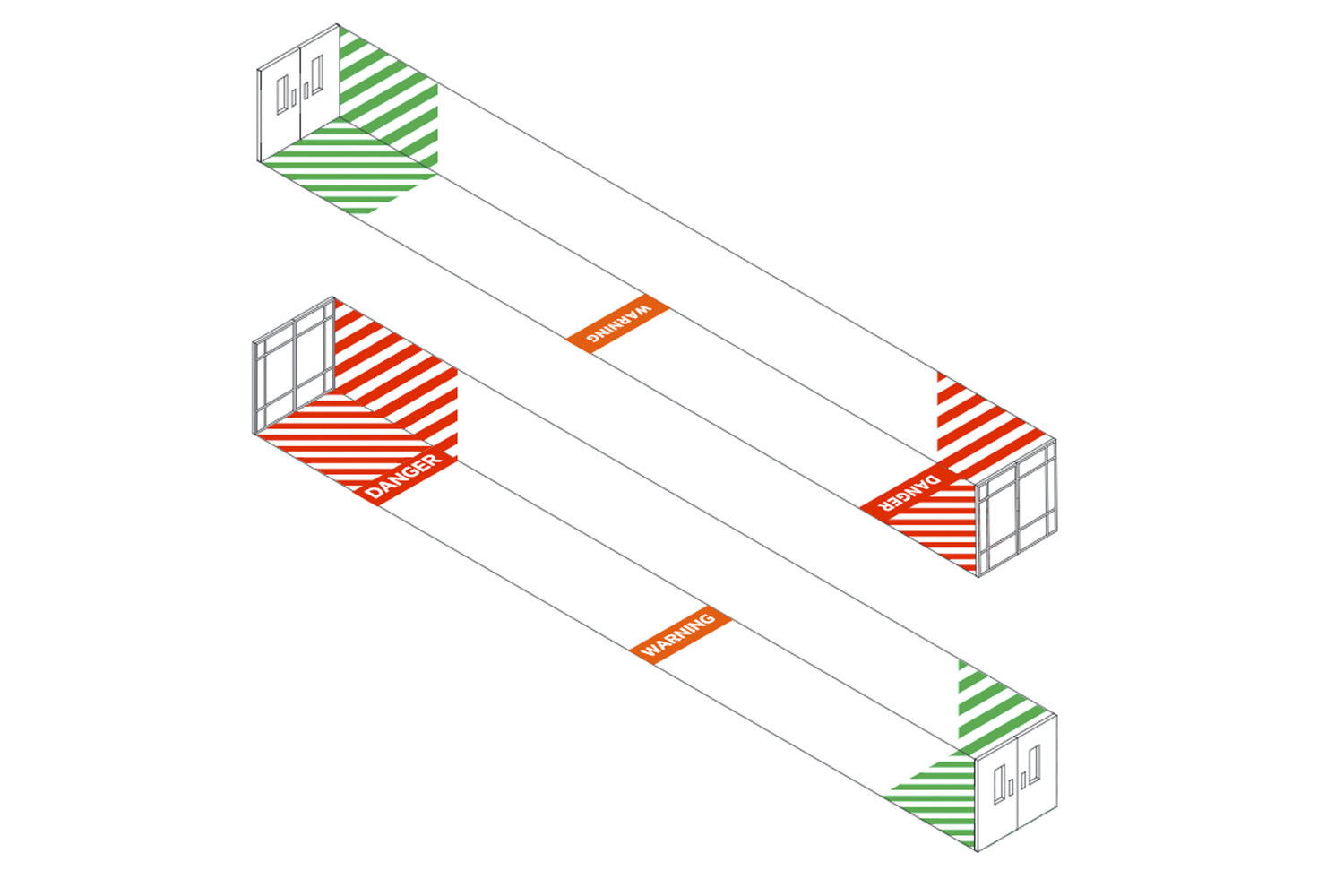This week, some of the team from the DHW Lab are in the UK with our friends at the Lab 4 Living. Based at Sheffield Hallam University, the Lab 4 Living are a research programme who work on a diverse range of design research projects in the area of health and wellbeing. We have established a long term collaboration with the team, dating back to the formative stages of the DHW Lab in late 2013, and they have provided endless inspiration and support these past few years.
The core focus of our time together has been dedicated to comparing and contrasting the different models, context and cultures of our respective design for health labs, and generating opportunities for future collaboration.
One of the highlights of the week was the symposium held on Tuesday 19th September - 'Intersections of Practice.' Designers and researchers from both the Lab 4 Living and the DHW Lab discussed the nuances of multidisciplinary practice across design and health. We also had an outstanding afternoon spent with the virtual reality and digital designers from the Faculty of Health & Wellbeing, who are pushing the boundaries on how VR can be applied to both training medical staff and improving patient education.
The DHW Lab are incredibly grateful for the time taken to host us in Sheffield this week and for the investment the Lab 4 Living has made into us as Kiwi counterparts. We are looking forward to seeing the team again at the Design 4 Health conference in Melbourne later in the year, where designers and researchers from both Labs will be presenting.




